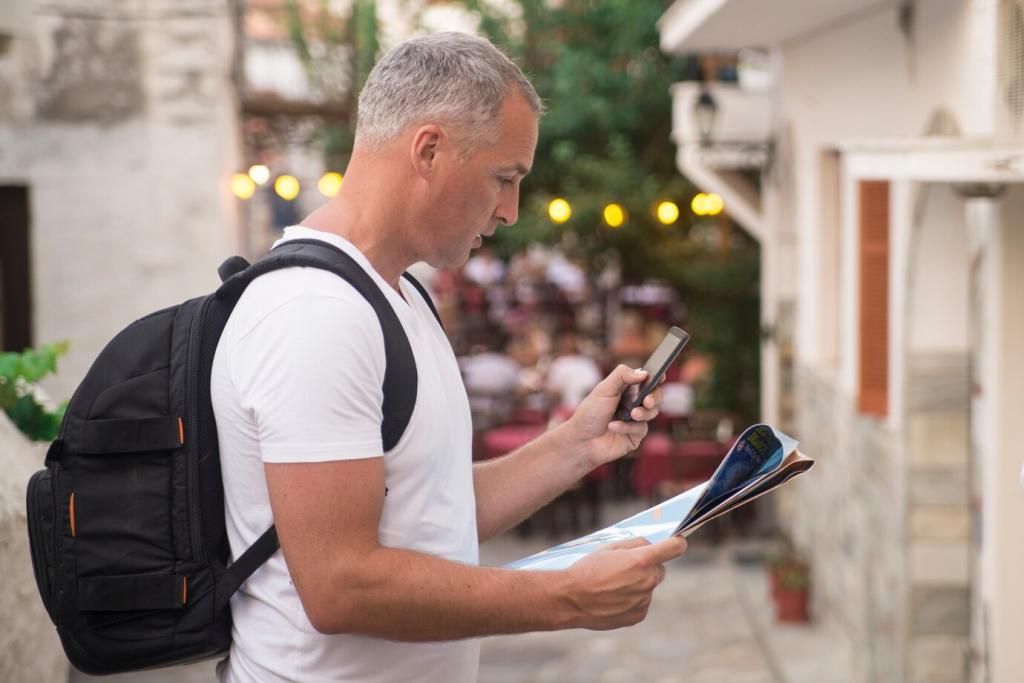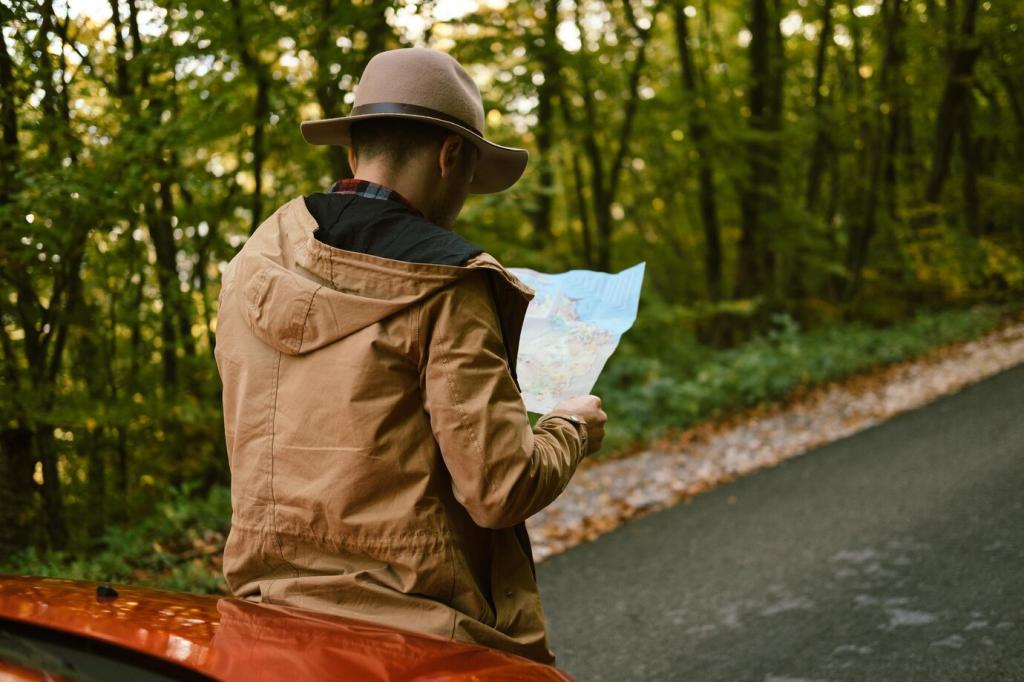Chosen Theme: Essential Skills for Aspiring Cultural Tour Guides
Step into the world of cultural guiding with confidence. This edition focuses on the essential skills aspiring cultural tour guides need to inspire, inform, and connect. Read, share your experiences, and subscribe for practical tips, stories, and deep, people-centered insights.
Reading the Cultural Landscape
Context Before Facts
Facts impress, but context transforms. Practice connecting dates, names, and monuments to living traditions, everyday customs, and the emotional histories communities carry. Encourage guests to notice small details that reveal larger cultural truths.
Local Voices First
Center the voices of people who live the culture daily. Cite local historians, artisans, elders, and community initiatives. Share quotes, songs, or sayings that reflect authentic perspectives, and invite guests to reflect respectfully on what they hear.
Invite Curious Questions
Model curiosity by asking open-ended questions about observations, architecture, or street life. When guests respond, build bridges to deeper cultural themes. Encourage respectful dialogue and remind everyone that curiosity is the most essential skill of cultural exploration.


Storytelling that Brings History Alive
Craft stories with beginnings, turning points, and resolutions. Weave personal anecdotes, micro-histories, and sensory details. A well-shaped narrative helps guests recall meaning, not just facts, and encourages them to ask for related book or podcast recommendations.
Storytelling that Brings History Alive
Use gestures, pauses, and vivid imagery to animate your words. Let a chipped step suggest centuries of footsteps. Invite guests to imagine sounds and smells from earlier eras, and ask them to share what they picture most clearly.
Empathy and Group Dynamics
Begin with names, pronouns, accessibility check-ins, and an invitation to share interests. Setting expectations kindly builds trust. Remind guests that thoughtful participation fuels richer cultural understanding and share ways to engage without speaking over others.

Cross-Cultural Communication Essentials
Plain Language, Rich Meaning
Avoid jargon, define terms, and explain symbols simply. Replace insider references with relatable analogies. Check for understanding with friendly prompts, and encourage guests to signal if they want more detail or a different explanation style.
Nonverbal Nuance
Use open body language, mindful gestures, and welcoming eye contact. Recognize that gestures carry different meanings across cultures. Invite guests to share gestures from their backgrounds and discuss how these shape everyday interactions.
Multilingual Bridges
Even basic greetings in local languages earn goodwill. Prepare key phrases, place names, and pronunciations. When possible, offer short summaries in guests’ languages and ask readers to comment with useful phrases they’ve found indispensable.



Ethics, Representation, and Respect
Credit storytellers, museums, archives, and community organizations. If you profit from a tradition, share ways to support its practitioners. Invite subscribers to recommend ethical resources and local groups that deserve more attention.
Ethics, Representation, and Respect
Challenge simplistic narratives by presenting contradictions and lived realities. Highlight everyday culture alongside celebrated heritage. Ask guests to reflect on how media shaped expectations, and together reframe assumptions with evidence and empathy.
Itinerary Design and On-the-Go Logistics
Plan routes where each stop logically advances the narrative. Build in water, shade, and restroom moments. Keep alternatives handy for weather or crowds, and ask readers to share their favorite secret detours for smoother pacing.

Itinerary Design and On-the-Go Logistics
Use time blocks, soft buffers, and visible checkpoints. Signal transitions clearly and summarize each segment. Invite guests to vote on extended stops via quick hand raises, maintaining agency while protecting the overall experience.
Prepared, Not Paranoid
Know exits, clinics, and safe havens along your route. Share a brief safety plan at the start. Calm, transparent leadership reassures guests and models responsibility without dampening the wonder of cultural discovery.
De-escalation Basics
Practice non-confrontational language, soft tone, and space-making gestures. When tensions rise, prioritize dignity and safety. After resolving issues, debrief gently and invite private feedback to improve protocols for future tours.
